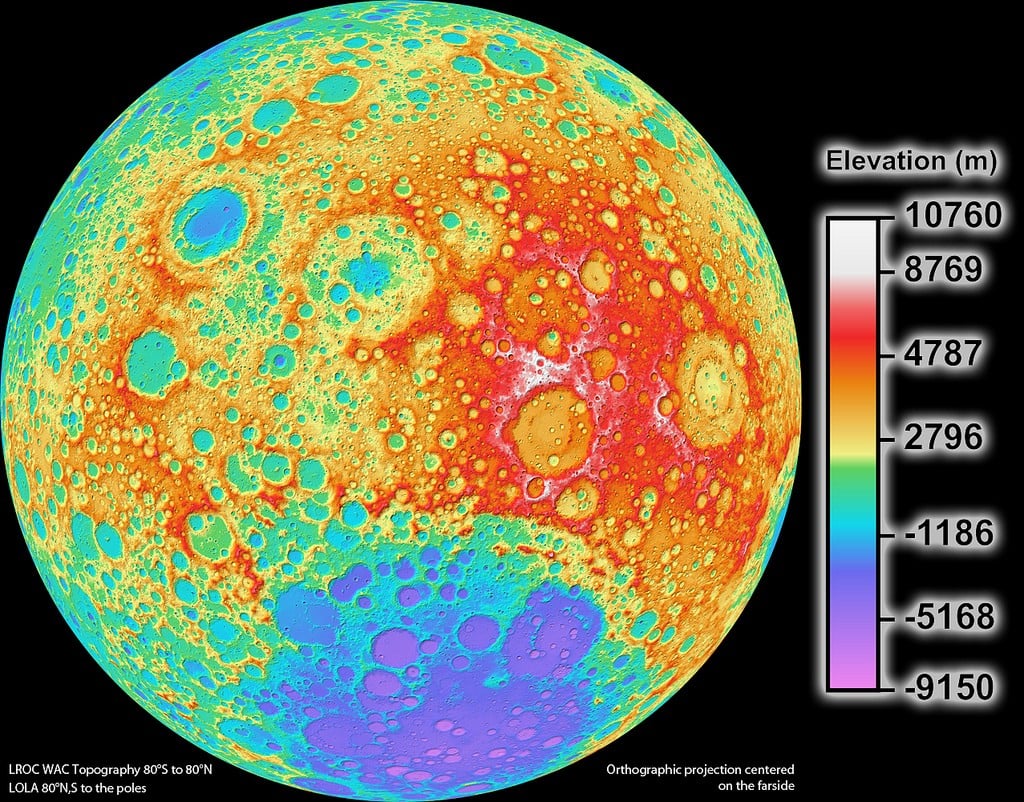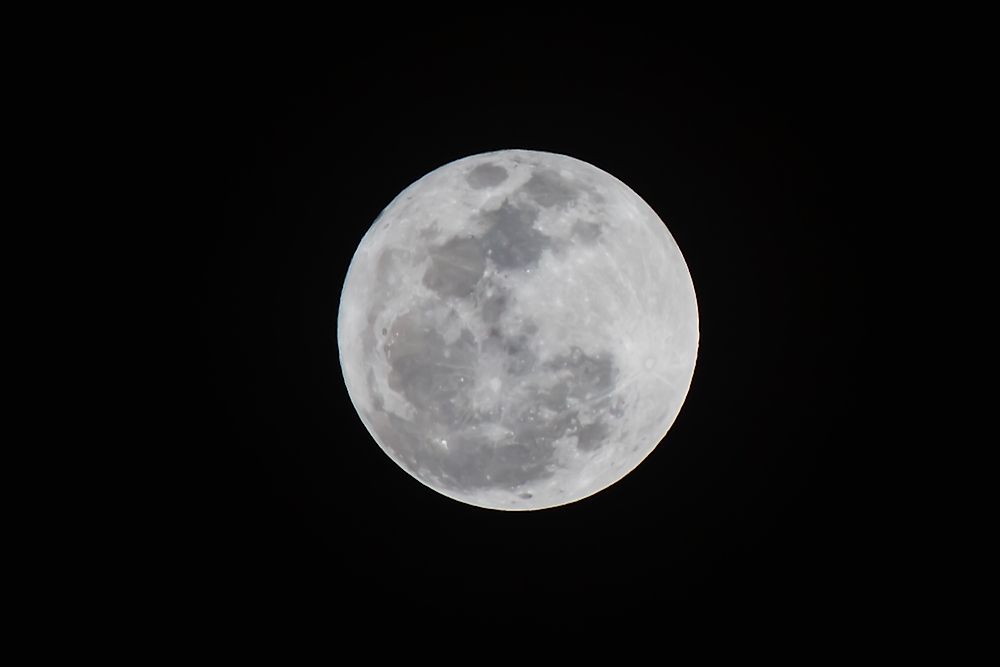
The company - hailed in 2022 for opening Canada’s first floating tidal energy station in the area known for the highest tides in the world, with the help of $28.5 million from the federal government - did not respond to interview requests from the Star on Friday.Īsked about the situation, a spokesperson for federal Fisheries Minister Joyce Murray said the government is looking at changing the approval process for tidal projects and is still “ready to work” with Sustainable Marine Energy on its proposals in Nova Scotia. Only the population of one lucky half of our world would ever see the Moon.OTTAWA-The federal fisheries department is under fire from industry and government officials in Nova Scotia who say confusing regulations from Ottawa are blocking tidal energy projects that could be part of Canada’s multibillion-dollar drive to remove greenhouse gas emissions from electricity generation.Īfter declaring earlier in May that it would shut down operations in the Maritime province, a U.K.-based company called Sustainable Marine Energy said Friday it is preparing to declare bankruptcy.Īs reported by The Canadian Press, the company’s chief executive Jason Hayman said investors are placing their Canadian subsidiary into bankruptcy after failed talks with the federal government on tidal energy proposals in the Bay of Fundy. Other, weaker forces ― related to such factors as the Moon’s tilt, its elliptical orbit, Earth’s deep interior, the influence of the Sun, and more ― also affect the Moon’s motion, but these cause only very subtle changes, and sizes and distances are not to scale.Ībout 50 billion years from now ― if the Moon and Earth could somehow avoid the eventual death of the Sun ― the Moon would be so far away, and its orbit so large, that Earth would also tidally lock to the Moon. This interaction does two things: it creates friction that slows Earth’s own rotation, and creates forces that change the Moon’s orbital speed, causing it to fall farther away into space. Earth’s bulging oceans don’t exactly match up with the position of the Moon, they’re always a little out of sync because it takes time for all that water to shift and pile up. The energy propelling it away comes primarily from Earth’s oceans, which both bulge out in response to the Moon’s gravity and exert a gravitational pull of their own on the Moon. The Moon continues to move away from Earth at a rate of about an inch-and-a-half (4 cm) per year, its drift slowing as it goes. Credit: Vi Nguyen, NASA Goddard Space Flight Center

Motions in this animation are exaggerated to highlight the changes.

At the same time, the moon continuously drifts away. As energy leaves the system, the moon’s rotation very quickly synchronizes with its orbit around its host planet. This animation illustrates how the Moon becomes tidally locked after its formation. In this state, the bulge on the Moon was no longer shifting relative to the Earth, therefore no more energy needed to be dissipated by this particular process, and the spin rate stopped changing. As the energy dissipated, the Moon’s rotation slowed until a single spin on its axis took the same amount of time as one trip around Earth. As the Moon bent and fluxed in this tug of war, energy was released in the form of heat. This means the Moon’s bulge was always a little out of alignment with Earth, yet always being pulled toward alignment by gravity. The part of the Moon that was pulled toward Earth would have shifted as the Moon spun, but always at a delay, since it takes time for so much material to rise and then later fall. Earth’s gravitational pull distorts the Moon into a slight football shape even today, but this distortion would have been much more dramatic when the Moon was both closer to Earth and less solid. The hot, molten object that coalesced from the ejected material would have been spinning wildly, with its shape changing as it was pulled at by Earth’s gravity.

Earth’s Moon is thought to have formed when a massive object collided with Earth early in its history, splattering some of our planet into space. Tidal locking is common, but its dynamics are complex. A smiling face has been added to make it easier to see the Moon’s rotation. Each time that the Moon completes a turn, it also orbits the Earth once, keeping its far side perpetually hidden.


 0 kommentar(er)
0 kommentar(er)
